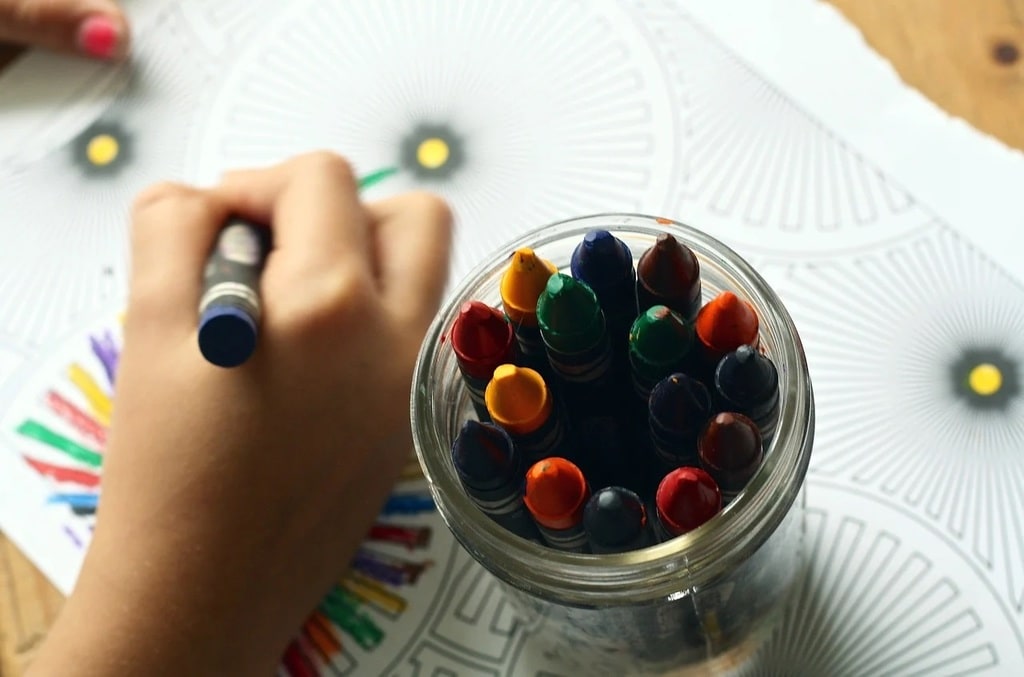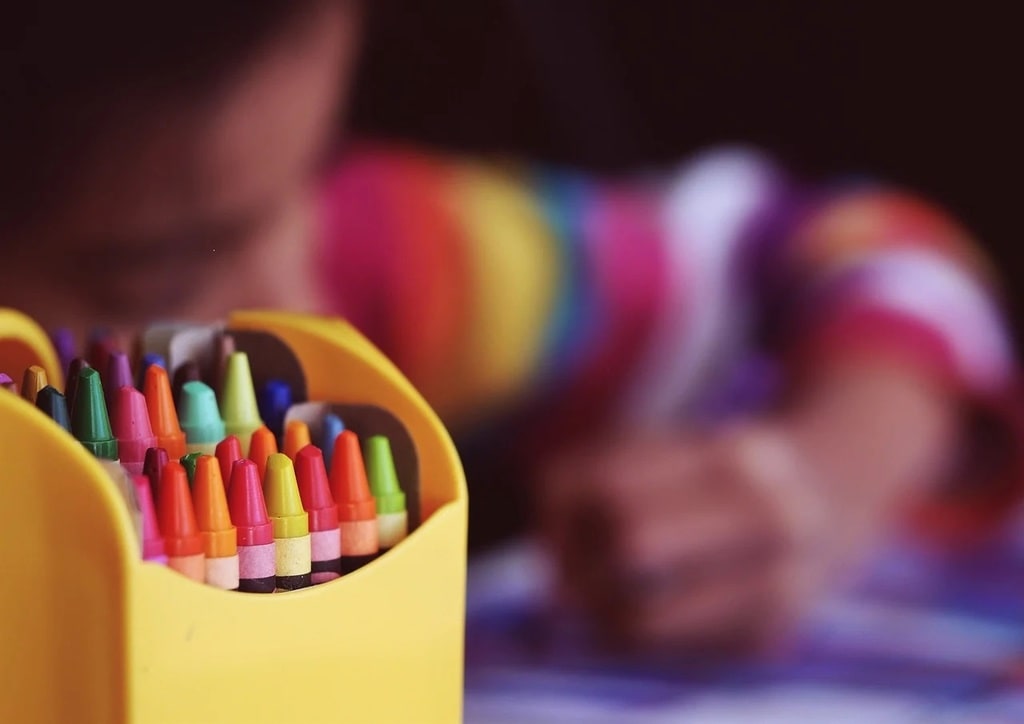Coloring books are a gateway to a world of creativity and learning for children. The question often arises as to the ideal age to introduce a child to the art of coloring. Experts agree that this journey can begin as soon as a child is capable of holding a crayon, which is typically around 18 months to 2 years. However, it’s important to remember that every child is unique, and some may be ready earlier or later.
Introducing Coloring at a Young Age
Introducing coloring at a young age comes with numerous benefits. Coloring enhances fine motor skills, hand-eye coordination, and color recognition. For toddlers, coloring is more than just a playful activity; it’s also a valuable educational tool. It allows children to express their creativity and refine their motor skills.
Choosing the Right Materials
Selecting appropriate materials for beginners is crucial. Crayons or washable markers are ideal for young children. Consider the following points:
- Safety: Choose non-toxic, easy-to-clean products.
- Ease of Use: Larger, ergonomic crayons are preferable.
- Colors: A range of bright colors captures a child’s attention.
Developmental Milestones and Coloring
Each child’s development is unique, but there are general milestones to watch for. Around 18 months, many children start to scribble. This is the perfect time to introduce a first coloring book. At this age, the goal is not to color within the lines, but rather to explore and experiment with colors.
Progression of Coloring Skills
As children grow, their coloring skills evolve. Key stages include:
- 2 to 3 years: Children begin to control their movements and can color broad shapes.
- 3 to 4 years: They start recognizing and naming colors.
- 4 to 5 years: Coloring becomes more precise, and children might begin to color within lines.

Educational and Emotional Benefits of Coloring
Coloring is more than just a leisure activity. It promotes cognitive and emotional development in children. Through coloring, children learn to focus and complete a task. They also develop an understanding of colors and shapes, essential skills in their educational journey.
Building Confidence and Independence
Coloring helps to build self-confidence and independence in children. Choosing colors and completing a picture provides a sense of achievement. This activity also promotes relaxation and can be an excellent tool for managing stress and anxiety in children.
Practical Tips for Parents
To support your child in their colorful adventure, here are some tips:
- Encourage, don’t push: Let the child explore at their own pace.
- Lead by example: Color with your child to share quality moments.
- Variety of materials: Coloring books, blank sheets, or digital applications can all be engaging.
Overcoming Coloring Challenges
There may be challenges, such as a lack of interest or frustration. Be patient and offer a variety of coloring activities to keep the child engaged. Remember, the goal is fun and learning, not creating a perfect artwork.
A Colorful Adventure Awaits
In conclusion, there isn’t a specific age to start coloring, but rather developmental indicators to watch for. With the right materials and an appropriate approach, coloring can become a rewarding activity for your child. So, get ready to add color and joy to the life of your little budding artist!
